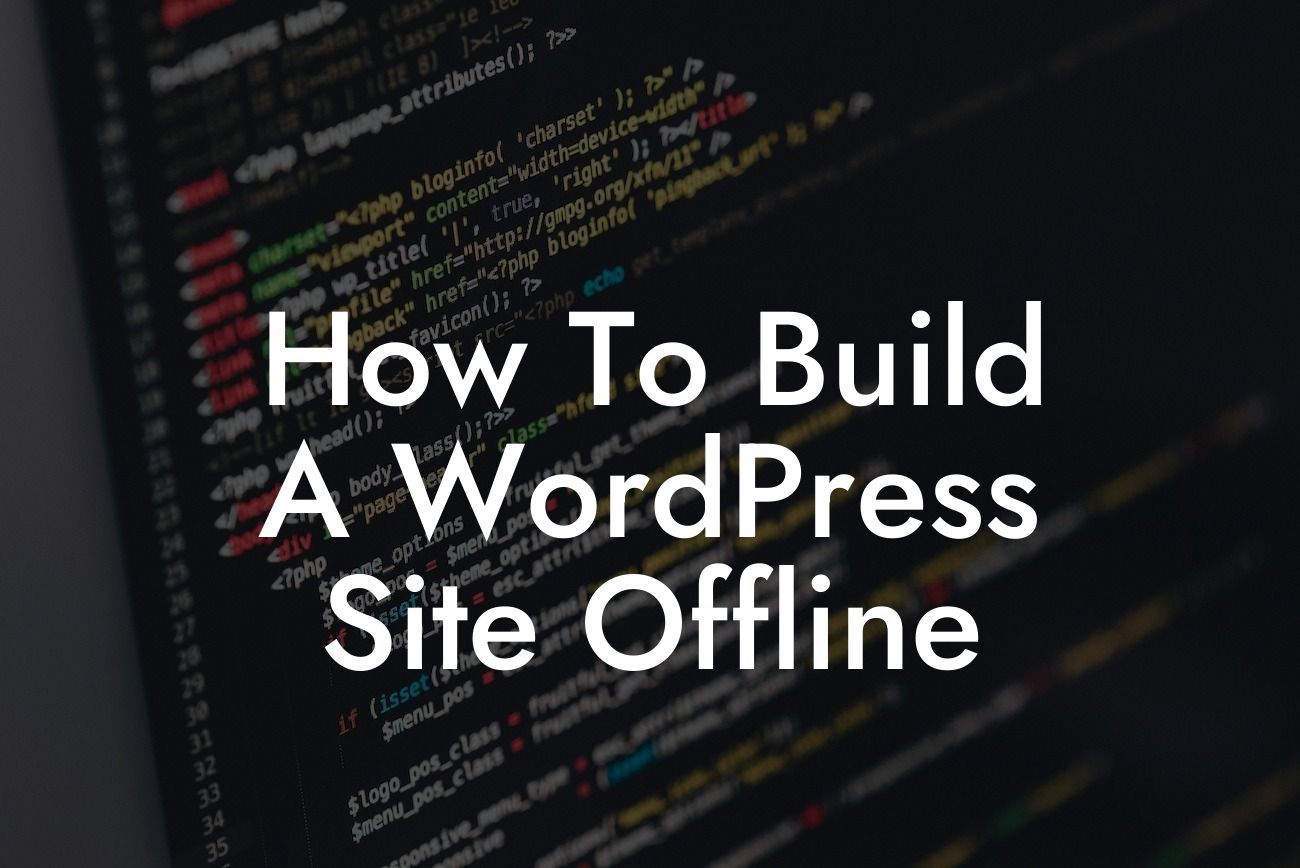Building a WordPress site offline may sound counterintuitive when the whole purpose of having a website is to showcase it online. However, creating a website locally before going live offers a myriad of advantages. In this guide, we'll walk you through the step-by-step process of building a WordPress site offline and how it can supercharge your online success.
Engaging in the process of creating a WordPress site offline not only ensures a smooth development phase but also allows for testing, experimentation, and customization without affecting your live website. Let's dive into the detailed steps involved:
1. Set Up a Local Development Environment:
To begin, you need a local development environment on your computer. You can achieve this by installing software such as XAMPP or WAMP. These tools enable you to create a local server environment where your website will be built and tested.
2. Install WordPress and Create a Database:
Looking For a Custom QuickBook Integration?
Once the local development environment is up and running, install WordPress. Create a new database for your website during the installation process. This database will store all the content and settings of your site.
3. Customize and Design Your Website:
Here comes the exciting part – designing your website offline. Choose a suitable theme that aligns with your business and customize it according to your requirements. Play around with different layouts, color schemes, and typography until you achieve the desired look and feel.
4. Install and Configure Essential Plugins:
To add functionality to your website, install essential plugins like SEO tools, contact forms, caching plugins, and security extensions. DamnWoo offers a range of powerful plugins crafted exclusively for small businesses, allowing you to enhance your online presence without compromising on quality.
5. Create and Organize Content:
While building your WordPress site offline, focus on creating and organizing engaging content. Craft compelling text, stunning visuals, and appealing multimedia elements. Plan your menus and navigation structure, ensuring a seamless user experience.
6. Test and Debug:
One of the main advantages of building a WordPress site offline is the ability to thoroughly test and debug without affecting your live website. Ensure all links, forms, and interactive elements are working as intended. Fine-tune the design and iron out any bugs or glitches.
7. Migrate Your Website Online:
Once your offline site is ready, it's time to migrate it online. This involves exporting your database, uploading the WordPress files to your web server, and importing the database. DamnWoo offers comprehensive guides on migrating your website seamlessly.
How To Build A Wordpress Site Offline Example:
Imagine you run a small online boutique. Building your WordPress site offline enables you to perfect the design, incorporate features like an e-commerce store, and thoroughly test the user experience before launching. You can experiment with different product layouts, optimize the checkout process, and ensure your website is ready to handle high traffic.
Congratulations! You've learned how to build a WordPress site offline. Embrace the advantages of this approach: test, customize, and perfect your website before revealing it to the world. Check out DamnWoo's powerful plugins to enhance your online presence even further. Don't forget to share this article with fellow entrepreneurs who can benefit from this guide. Explore DamnWoo's other informative guides and take the first step towards supercharging your online success today.













